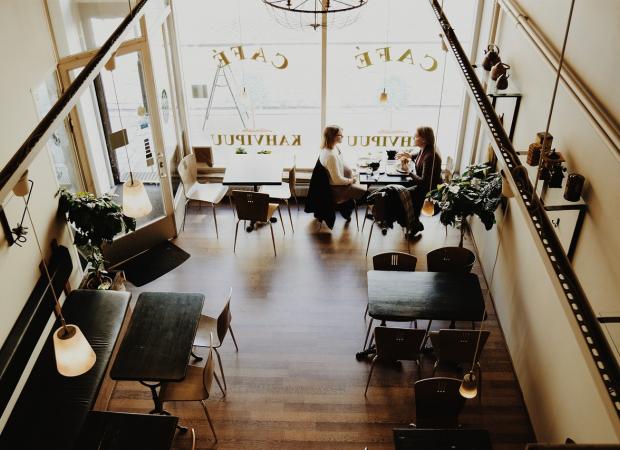
Interior design is a term we generally misinterpret, as not much is understood regarding the same. There are many aspects to it but for many out there, it is another term for woodwork. To clarify the difference let’s understand the latter one, as skilled craftsmanship accomplished by the carpenter on the lines of the specifications given by the client or an Interior designer. Interior Design, on the other hand works in a larger spectrum which involves close indulgence and perception of space by bringing harmony and balance, through the process of adding colour and mood to the space by proper lighting, texture and pattern.
One of the easiest and most effective ways to enhance the look and lovability of a space is with the use of lights. Mood lighting is a way of playing with lights to create an ambience influencing the psychology of the inhabitants of the space. Creating mood lighting begins with understanding psychology and fixtures.
So here’s a 101 (a quick guide to terminology) of the same. There are three kinds of lighting:
Ambient light: The overall illumination we provide to our common areas define ambient light. The space has to be well lit with uniform distribution of light. The bright sun light that enters your apartment during day is a part of ambient light and should not be ignored.
Accent Light: When you want to treat light as a piece of art in itself, it calls for accent lighting. It gives an ambiguity and a specific mood to a place. Accent lighting can be provided by wall sconces, track lights or recessed fixtures.
Task lighting: To focus an area or to facilitate a particular work is accomplished by task lighting.
Regardless of what you are looking for, here are some common tips that will help you in this endeavour.
1.Avoid unnecessary use of harsh bright light. Do not light up the entire room, where task lighting is required.
2.In a small foyer or a doorway, two or three smaller fixtures are more effective than a large one.
3.One beautiful way to create a difference in living area is to hide the source and light up the walls. To highlight a textured wall or wallpaper, a wall washer or strip light can come in handy.
4. A room with 9 to 10 feet ceiling can handle a fixture that’s about 26 inches tall. Go for huge chandeliers only if you have a room for it.
5. For those who go for false ceiling with recessed fixtures, dimmers can be used to create the mood anywhere between secure and subtle.
5.For kitchen, under cabinet lighting is usually installed at the very front of the cabinet to light up the counter. But if you want to highlight an attractive tiled backsplash, mount your lights closer to the walls.
6.Avoid any reflective glare where task lighting is required.
7.If you are worried about how to choose the right fixture, here are few choices:
Compact fluorescent lights (CFLs)-They are the most common and affordable kind of light fixture.
Miniature disk lights or spot lights-These can either be surface mounted or flush mounted.
Open faced strip lights – contains rows of evenly spaced led bulbs mounted on a flexible surface with adhesive back.
Flexible rope light or – It is actually a length of clear vinyl tubing filled with tiny bulbs which are surprisingly bright, and the tubing is flexible enough to snake around corners and over obstruction
Traditional fluorescent light s can be replaced by T8 & T5 lamps with electronic ballast for greater efficiency.
Again Halogens can be replaced by CFLS.
8. For a well lit mirror use two lamps on either sides.
9. Some common decorative lighting fixtures you can explore are wall sconces, Chandeliers, Pendant lights, spot lights, floor and table lamps.
9. You may even look out for some simple DIY (do it yourself) stuff.
When it comes to lighting, most go with the mundane and routine and very few take the risk to experiment but for those who dare there’s a lot to discover. – Sep 2, 2015
Ar. Sonia John Jacob
Head Creative Design Studio
Sponsored by www.vijayply.com
One of the easiest and most effective ways to enhance the look and lovability of a space is with the use of lights. Mood lighting is a way of playing with lights to create an ambiance influencing the psychology of the inhabitants of the space. Creating mood lighting begins with understanding psychology and fixtures.